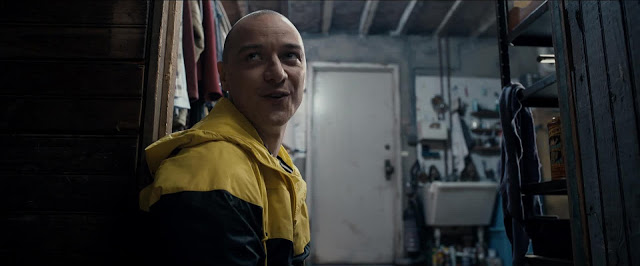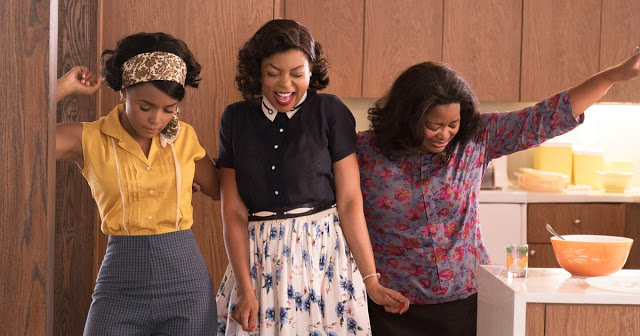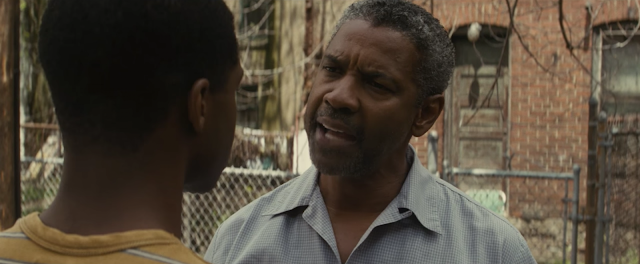John Wick: Chapter 2: Back in Black, But Check Out the Color
Midway through John Wick: Chapter 2, the title character and a deadly foe engage in a ferocious, no-holds-barred brawl, complete with pistols, knives, and fists o’ fury. This type of fight is entirely familiar to action fans, but what happens next isn’t; after the combatants crash through the plate-glass window of a hotel, their vicious duel to the death is interrupted by the establishment’s proprietor. “Gentlemen!” he sternly admonishes them, raising his voice just a hair. “Need I remind you that business will not be conducted on Continental grounds?” The men, shrinking in stature from lethal death-dealers to sullen schoolboys being tsk-tsked by their principal, dolefully nod in assent, then agree to buy one another a drink.
This is the glorious insanity of the John Wick franchise. It takes the standard elements of your typical actioner—the gunfights, the car chases, the vendettas, the retired hero yanked back down to the underworld against his will—and situates them within an extravagantly tricked-out universe, a world with its own peculiar codes, currencies, and dialects. In the realm of John Wick, when the villain decides to put a bounty on his nemesis, he doesn’t scream or snarl or deliver a sneering speech. No, he takes out his phone, calls “Accounts Payable”, and places an order with a receptionist, one of a fleet of prim bureaucrats who may as well be fielding customer-service requests. “Murder Incorporated” was a snappy moniker; in John Wick, contract killing requires a literal contract. Read More





